Basket Stinkhorn Facts
- This visually distinctive product of Nature and evolution most often goes by the equally unusual common name of Basket Stinkhorn. It does have several other general titles it’s known by, though. These tags include such terms as the latticed stinkhorn and red cage.
- Inside of the scientific community, however, it’s possibly significantly better known by its technical designation. Fortunately, that’s a much simpler one for the layperson to pronounce than most. That’s because the fungus holds the official moniker of Clathrus ruber.
- This remarkable form of life received that tag originally due to the efforts of Pier Antonio Micheli. The noted Italian botanist made the first official recognition of it as a separate and distinct species. That scientifically noteworthy achievement occurred in the year 1729.
- Credit for its naming becomes somewhat murky, though, later. That confusion happens due to the fact that, in 1801, the South African mycologist, Christian Hendrik Persoon assigned it to a new group of fungi. Presiding bodies thus now assign dual credit for its designation.
- Thankfully, the amazing Basket Stinkhorn appears to be maintaining a population base that’s both stable and sufficient. This pleasant state also seems to hold true throughout its entire range. The IUCN thus does not currently show it on its Red List of Threatened Species.
- The wonder of Nature nevertheless still faces multiple potential threats to its continued existence as a species, at least. Like all forms of life on earth today, most of these perils stem from the actions of man. They include the dangers posed by habitat loss and climate change.
Related Articles
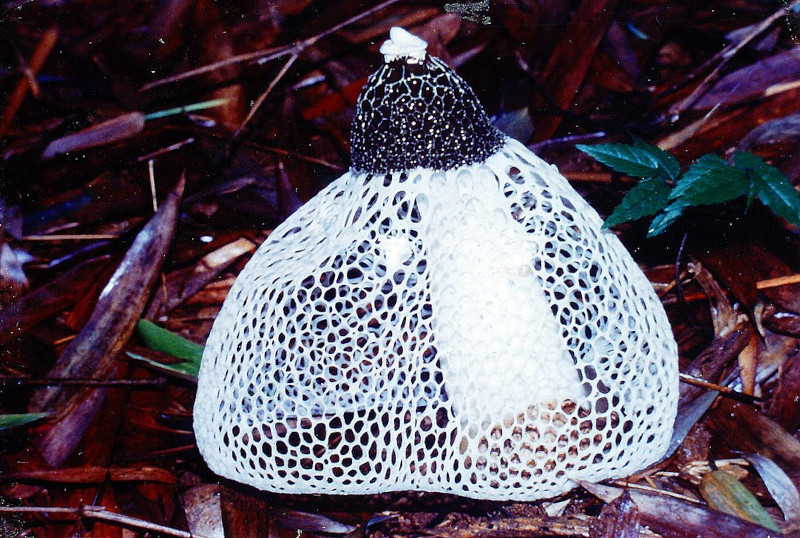
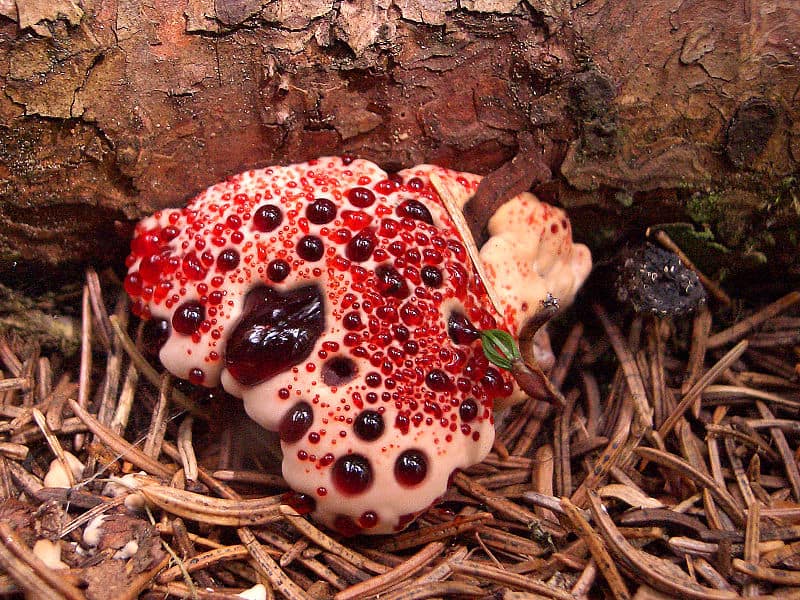
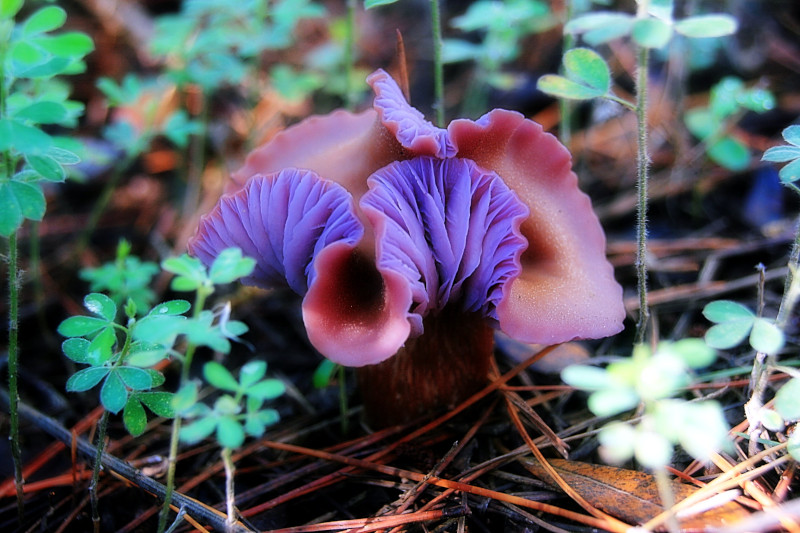
Basket Stinkhorn Physical Description
The fabulous Basket Stinkhorn typically draws the attention of most individuals fortunate to encounter it. Like many of its relatives around the world, however, it does so due more to its eye-catching appearance than sheer physical size. That’s because it’s not an overly large type of fungus.
The fruiting body of this marvel typically measures somewhere between 2 – 4 in (5 to 10 cm) in diameter. When this part of it first emerges, though, it’s usually enclosed in a somewhat whitish, egg-shaped structure known as a volva. This splits open to reveal the mature lattice structure.
The volva itself represents the basal structure from which that fruiting body eventually emerges. That part of the structure, though, initially appears as egg-shaped. It’s also a white to pale gray, and gelatinous. As that same fruiting body expands, the volva ruptures and remains at the base.
Distinguishing itself in yet another manner, however, this wonder of Nature does not have a distinct stem, known as a stipe, like many other fungi. Instead, the lattice structure arises directly from the volva or from the ground. This helps to further augment its remarkable physical appearance.
It’s the aforementioned fruiting body of the Basket Stinkhorn, though, that’s its most truly striking feature. This consists of a hollow, spherical or oval structure resembling a lattice or cage. This lattice structure’s made up of interconnected, spongy, and porous red or orange-red branches.
Overall, the color of this intriguing creation of natural processes frequently varies. This pattern of coloration often ranges from bright red to orange-red, often fading to a lighter pink or orange as it ages. The inner surface of the lattice also often shows slightly paler than the outer surface.
- Kingdom: Fungi
- Phylum: Basidiomycota
- Class: Agaricomycetes
- Order: Phallales
- Family: Phallaceae
- Genus: Clathrus
- Species: C. ruber
Basket Stinkhorn Distribution, Habitat, and Ecology
The intrepid Basket Stinkhorn evolved as indigenous to an impressively broad expanse of the surface of the globe. The full extent of that zone of habitation, in fact, might surprise some people. That’s because it’s native to many parts of Europe, Northern Africa, and southwestern Asia.
Due to the actions of mankind, though, the amazing fungus now appears in regions outside of this original territorial range. It’s now been naturalize in portions of North America. There, it’s been seen in California, in the United States, as well as a few locations in the country of Mexico.
Following a pattern prevalent among fungi, this wonder of evolution displays an extremely high degree of flexibility regarding its choice of habitat type. It’s therefore found in a remarkably wide range of ecosystems. A few specific types of these nevertheless do typically tend to predominate.
It’s quite commonly found in such locations as lawns, gardens, and parks. It prefers locations where there’s ample organic matter for decomposition. It additionally typically grows on the ground amidst grass, humus, mulch, wood chips, woody debris, or decomposing organic material.
Yet, this incredible product of evolution also frequently thrives well in leaf litter on garden soil and woodchip garden mulches. These substrates offer the species a rich supply of decaying plant material, which remains essential for the saprobic lifestyle that Nature provided it with.
Given the nature of that highly specific form of evolved lifestyle, the Basket Stinkhorn, again like many others of its kind across the globe, plays an interesting and significant role within its ecosystem. That’s due to the fact that the distinctive fungus feeds on decaying organic material.
This role’s highly crucial, as the wonder helps decompose dead plants, contributing to nutrient cycling within its habitat. By breaking down woody debris, leaf litter, and other organic materials, it helps convert these into simple compounds that enrich the soil and support plant growth.
Intriguingly, it also has a unique strategy for the dispersal of its spores. The fully mature fruiting body emits a foul odor that mimics rotting flesh, which attracts flies and other insects. These insects feed on the spore-laden slime and subsequently help disperse the spores over a wider area.
Species Sharing Its Range
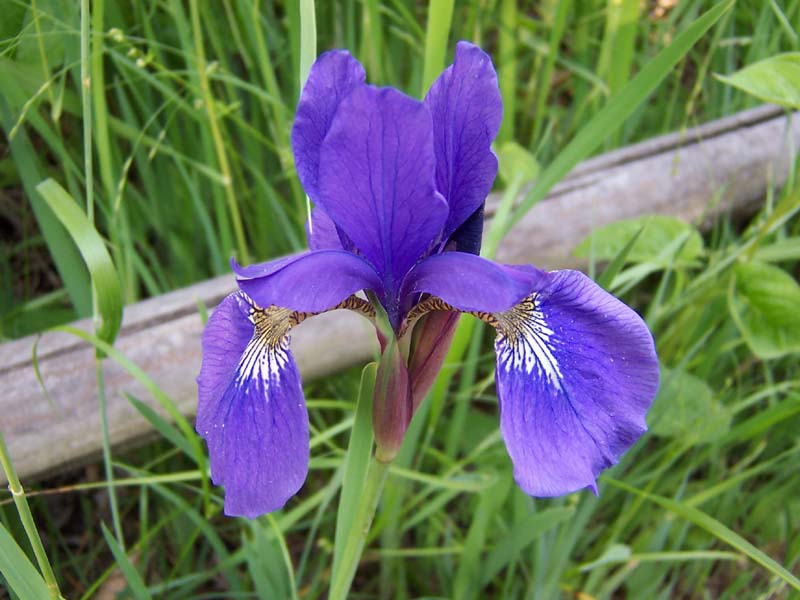
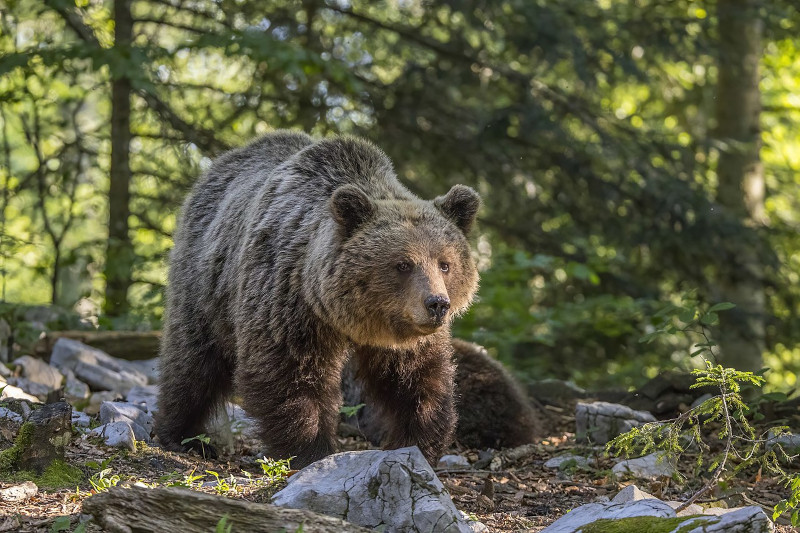
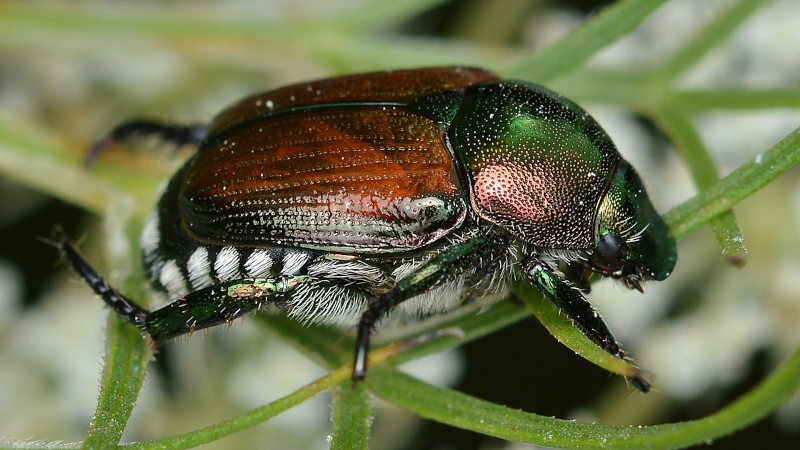
Check out our other articles on 5 Charming Connecticut Insects, Striped Dolphin, Eternal Flame Falls, Rose Myrtle, Hellbender Salamander, Powder Blue Damselfly, Jewelled Gecko

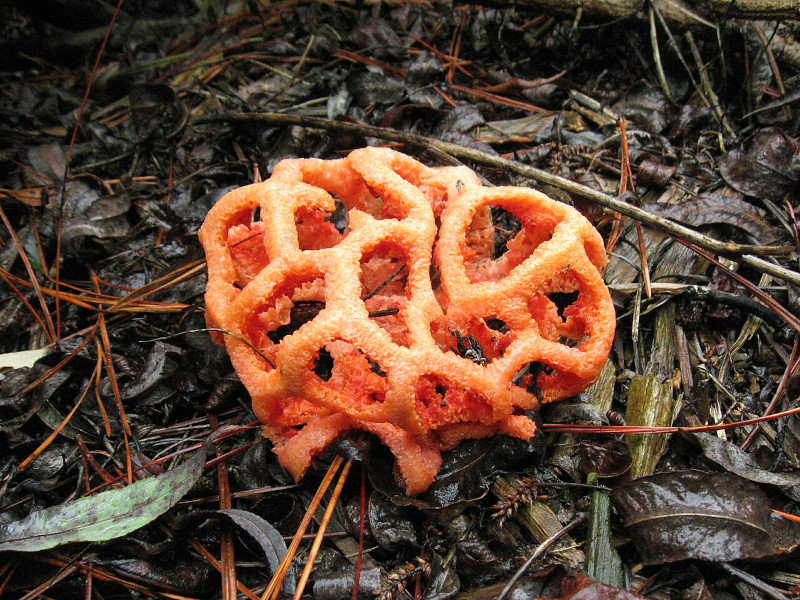
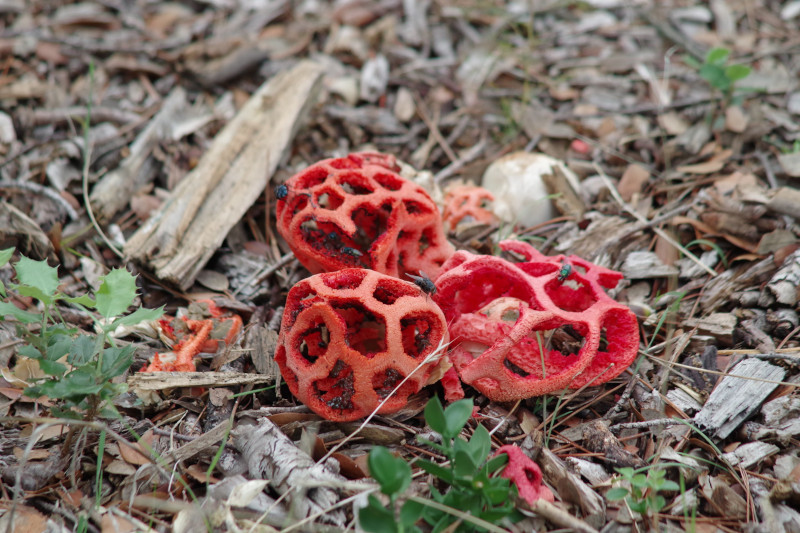









Leave a Reply